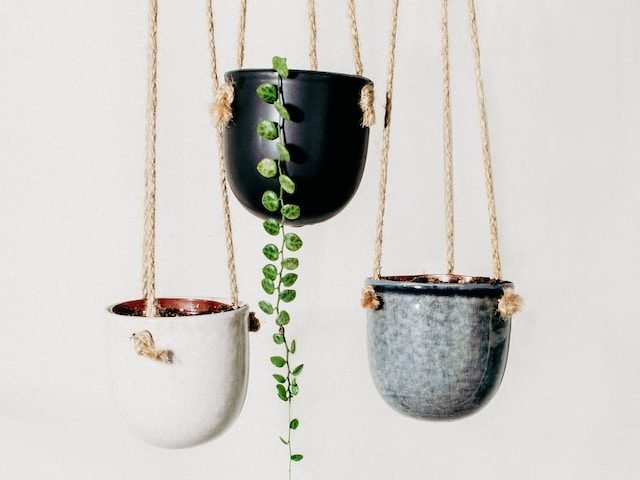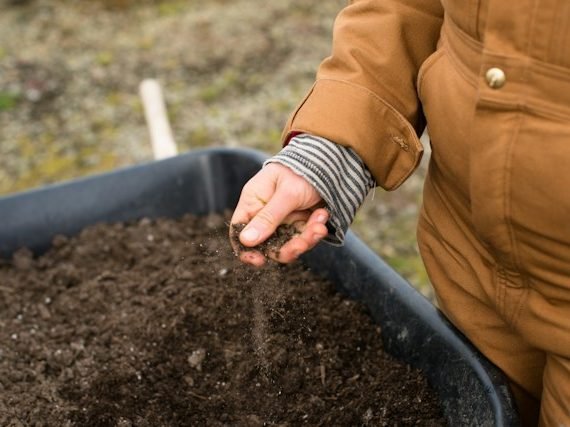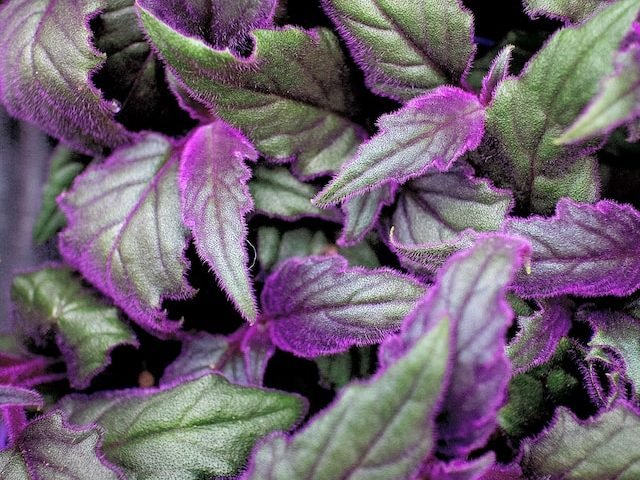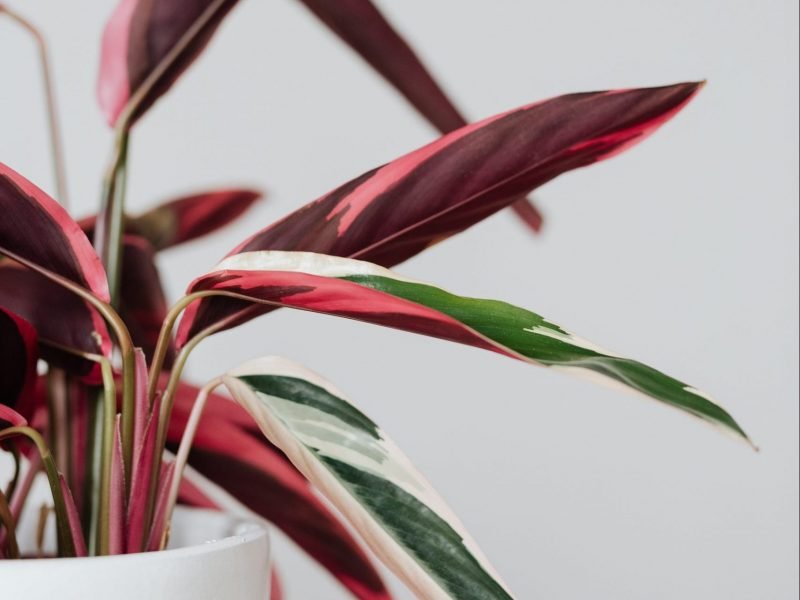
Life can make us really busy sometimes and there will be times where ‘water monstera’ just gets forgotten from the to-do list. However, don’t fret. There are a few ways which you can try to revive your Monstera plant and return it to normal health.
Contents
- Signs that your Monstera is dying
- Understanding why your Monstera is dying
- Watering could save your dying Monstera
- Help your Monstera’s leaves
- Increase the humidity for your Monstera
- Check your Monstera’s environment
- Check for pests on your Monstera
- Give your Monstera a support
- Repot your Monstera into fresh soil
- Do not fertilise your Monstera if it’s dying
Signs that your Monstera is dying
Seeing your beloved plants wilt away can be heart-wrenching. It’s crucial to understand the signs that your monstera isn’t doing so well, allowing you to take quick actions to save it. Here are some red flags to look out for:
- Wilting: Wilting or sagging leaves can be a sign of underwatering. If your monstera’s leaves are wilting and the soil is dry, it might be time to give it a drink.
- Yellow Leaves: Monstera leaves that are turning yellow can indicate overwatering or poor drainage. A few yellow leaves are normal, but if the problem persists, it may signify that your monstera is in trouble.
- Brown Spots: If you notice the leaves developing brown spots, there is a strong chance that your plant is suffering from a fungal or bacterial infection. This is often a result of overwatering or high humidity levels.
- Root Rot: If the roots of your monstera plant are turning black and becoming mushy, it is a clear sign of root rot, often caused by overwatering or poor drainage.
Identifying these signs early can make a huge difference in the revival of your dying monstera plant. It’s essential to remember that each sign may have several causes, and an accurate diagnosis is the first key step in the process.
Understanding why your Monstera is dying
Although the Monstera is known for being robust and resilient, it’s not entirely immune to neglect and environmental stress. The most common causes of a monstera dying are improper watering, inadequate light, and incorrect temperature.
| Common Cause | Description |
|---|---|
| Improper Watering | Overwatering can lead to root rot, which is often a death sentence for plants. Conversely, underwatering can result in the plant drying out and wilting. |
| Inadequate Light | Monsteras thrive in bright, indirect sunlight. If your Monstera is tucked away in a dark corner or is subjected to harsh, direct sunlight, it may start to decline. |
| Incorrect Temperature and Humidity | It’s a tropical plant, so it thrives in warmer temperatures and higher humidity levels. If your indoor environment is too dry or too cold, your Monstera might start to suffer. |
Watering could save your dying Monstera
If you have been neglecting your monstera, then watering will need to be your first port of call when trying to revive it. But double-check that it actually needs watering because overwatering can be a sudden cause of plant death too, surprisingly too much love isn’t great either!!
If your Monstera has developed dry and brown leaves and the soil is light and dry, chances are your plant definitely needs a watering. If you aren’t sure if your Monstera has too much or too little moisture in its soil, use a moisture meter to check.
And before you quickly give your dying plant a bucket load of water, hold off for a second as there are some special techniques that will help get your Monstera looking and feeling healthier.
How to soak your Monstera
Fill up a bucket with room temperature water and soak your monstera for around 20-30 minutes before letting it drip dry back in its pot and saucer. Then continue to water it little and often over the course of the next week or two before taking up a normal care routine once again. If you feel as though the root system is still pretty dry, you can soak for half an hour a few times in the first week to make sure that the moisture in the soil is increasing.
Soaking is super important when reviving a dying and neglected Monstera. It works a lot better than just giving it a lot of water as the water will run out into the saucer straight away and leave the root system just as dry. So you want to make sure that the whole soil is moist throughout.
Get your watering schedule working
To avoid over or underwatering your Monstera in future, there are a few methods you can take which will help prevent waterlogged or dry soil. Firstly, investing in a self-watering pot means that you can be sure that your Monstera is only getting the water it needs. We recommend this self-watering pot from Amazon.
We also recommend using terracotta pots rather than plastic ones as these let some of the water evaporate out of the sides, whereas plastic pots hold in all the moisture which can make overwatering affect your Monstera a lot more.
How often should you water a Monstera plant?
Generally speaking, a Monstera plant should be watered once a week. However, this can change based on various environmental factors. For instance, if your Monstera is in a dry environment, it might need more frequent watering. Conversely, if it resides in a humid space, it might require less.
The best way to know if you need to water is to check the soil. If the top two inches of soil are dry, it’s time to water your plant. Remember, Monstera plants are native to the rainforests of Central America, where they receive frequent, but not heavy, rainfall.
Healthy variegated monstera leaves

Help your Monstera’s leaves
It is also really important to not only focus on the roots when trying to revive your Monstera, but also giving the leaves some needed TLC. Because of the size of Monstera leaves, they are prone to build up dust pretty quickly.
To remove this build-up gently wipe down the leaves with soapy warm water. This is really important to allow the plant to photosynthesise fully again and also leaves them looking shiny and brighter.
It is also a good idea to give the leaves a once over to check for any pests or signs of further problems which we touch on a little more below.
Increase the humidity for your Monstera
Alongside watering, it is important that you try and increase the humidity for your Monstera to get it back to tip-top condition, they are a tropical plant after all!
Often our homes can have quite dry air, especially in the winter months where we often have the heating on for most of the day.
A lack of humidity in the air can cause the leaves to be a little limp and droop down. These are the best and easiest way to increase the humidity for your monstera:
Misting your Monstera’s leaves
One of the simplest ways to increase the humidity for your houseplants is to mist them with a spray bottle a couple of times a week.
Use a Pebble tray
Place your houseplants over a tray of pebbles with fresh water over the top. Over the day water from the tray will evaporate giving the plants above exactly what they’re looking for.
Give your monstera a shower
To quickly raise the humidity and wash down your monstera of any long-standing dust, you can always give them a quick shower. Simply pop them in the shower and wash them down with lukewarm water, this will clean off the leaves and give the soil a good soaking.
Move your monstera to the bathroom
If you’re lucky enough to have great lighting in your bathroom you can move your monstera in there to increase the humidity. The running water from your showers means your bathroom is probably one of the most humid in your home.
We find using a humidity/ temperature meter can really help you decide where to best put your Monstera.
Invest in a humidifier
They’re relatively affordable little devices and they make keeping a consistent humidity level so much easier. Most will allow you to place them on a timer so they run on a fixed schedule, and some will even have a built-in monitor so they automatically turn on and off to keep the humidity exactly where you want it.
You can find our current favourite humidifier on Amazon here.
Check your Monstera’s environment
Whilst this can’t undo any of the damage caused to your Monstera already, making sure that your plants are in their ideal environment is important to help it regain strength and healthy growth.
Check the lighting conditions
If your Monstera has been left near a window for long periods of time, it may be receiving too much direct sunshine (especially over the warmer months). If you spot bleached, burnt-like patches on the leaf then it may need to be moved further inside the room, away from the windows.
If your plants were left in dark corners of the home/office, chances are it needs more light to thrive. You can tell this your monstera is not producing split leaves, and it stunted in growth. In this case, move it to a sunnier spot but be careful of direct sunshine – it’s all about the right balance.
It’s important that you monitor the light levels across the day as your Monstera may be in a spot that only gets light in the morning, or receives very intense direct light in the afternoon. To monitor the light level, and to be sure your Monstera is getting the right amount, use a light meter.
Consider additional grow lights
If your Monstera needs more light but you can’t move it to a better spot in your home, then we recommend buying a LED light to encourage new healthy growth. They can really help all of your plants during winter when light levels are much lower so are a great investment for every plant parent. We love this grow light from Amazon.
Check for heating/AC vents
Radiators, heating vents or AC systems can be quite harmful to your Monstera as they create extreme temperatures and drafts. You want them to be close to natural sources of sunlight, but never directly below a vent or next to a radiator so it might be time to find a new spot for your Monstera.
Ideally you want them to be in a spot with temperatures between 60-80 degrees Fahrenheit. Use a digital thermometer to keep an eye on temperature fluctuations.
Check for pests on your Monstera
One thing to look out for when giving the leaves a once over is a pest infestation. It can happen that pests such as mealybugs, spider mites, scale insects and more can take hold of your Monstera. If you do spot pests, this is not game over for your Monstera as there are some really simple ways to get rid of them!
First off we recommend wiping down the leaves with soapy warm water. We also always recommend giving the whole plant a shower. They have quite hardy leaves so can withstand the shower better than some other more delicate plants.
Make sure the shower isn’t on full pressure and you should be fine. Then it is time to replace the soil. Just be careful not to damage too much of the root system whilst you do this. Alongside these methods you can also treat your Monstera with neem oil to fight the infestation.
Make sure to check over your other plants in the room to see if any other plants have pests. Keep your infected plants a good distance away from any of your other plants as you don’t want the pests to spread.
Here’s a handy table to help you identify some common pests that may be causing issues for your plants, along with simple solutions to get them under control:
| Pest | Signs | Solution |
|---|---|---|
| Spider Mites | Yellow spots, tiny webs on the plants. | Wipe leaves with soapy water or use a miticide. |
| Aphids | Stunted growth, curling leaves, and sticky residue. | Use insecticidal soap or introduce beneficial insects like ladybugs. |
| Mealybugs | White cotton-like patches on the leaves or stems. | Wipe with alcohol-soaked cotton swabs or use insecticidal soap. |
| Scale Insects | Brown or black bumps on the leaves and stems. | Scrape off gently with a soft brush and apply neem oil. |
Monstera plant supported by a moss pole.

Give your Monstera a support
When Monstera plants become a little unhappy, they tend to droop down quite a lot and become quite straggly and unruly. To help strengthen your Monstera, you need to give it something to grow onto or a support stick that will hold it up.
The best option is using a moss pole. At first you will have to attach your Monstera to your moss pole using string or plant fasteners but over time, the new roots will support themselves on the moss pole and it will encourage growth upwards. Our Monstera loves this moss pole which is available on Amazon.
You may also choose to use support stakes to prop up your Monstera until it recovers and can support itself. These supports are great and will help your Monstera look more alive too!
Repot your Monstera into fresh soil
Another way to help revive your Monstera and return it to full health is to repot it into fresh soil. This wouldn’t be a good idea for the first week or two of trying to revive the plant as this may cause some shock so it is better to leave your Monstera for about two weeks of good care in an ideal light environment before repotting.
When you do replace the soil, make sure to use a high-quality potting mix that is especially designed for houseplants as this will give your Monstera the right balance of nutrients. We recommend Miracle Gro’s houseplant mix.
Make sure to gently rub all the old soil from the root system by running your fingers through it. Don’t be alarmed if some of the smaller roots come with the soil, this is natural and they will regrow pretty quickly. If you notice that some of the roots are rotted and dying, snip these away with some clean scissors.
If you are repotting your Monstera into a larger pot, make sure it is no more than 5cm larger in diameter. If you repot your Monstera into a pot that is a lot bigger, the roots will struggle to fill out the pot and stabilise the plant.
Do not fertilise your Monstera if it’s dying
There is some mixed opinion on whether fertilisation is a good idea or not when trying to revive your Monstera, but we steer clear of it for the first few weeks.
You don’t want to shock the plant into trying to produce rapid new growth so it is best to wait at least a month before adding in some water-based fertiliser. You want to make sure that the roots and soil are moist and your Monstera is in the right environment before fertilising.
Once your Monstera is starting to look a little healthier then you can start to think about fertilising. You can choose between liquid fertiliser or spikes that you pop into the soil. Our Monstera really love this liquid feed from Miracle Gro which is available on Amazon.
Reviving any of your houseplants can be difficult, especially if they have been neglected for long periods of time. But don’t give up on your Monstera as with some love and attention you should be able to revive it.
If you find yourself always forgetting to take care of your houseplants, try adding watering to your calendar every week or asking a family member or housemate to help you out.
Alternatively, it’s also worth looking into low-care houseplants as some really do thrive from being neglected. Don’t give up on your plants too quickly, they may look pretty dead but will actually start to grow again with the right care. So be patient, treat them well and they may reward you with new healthy leaves!















